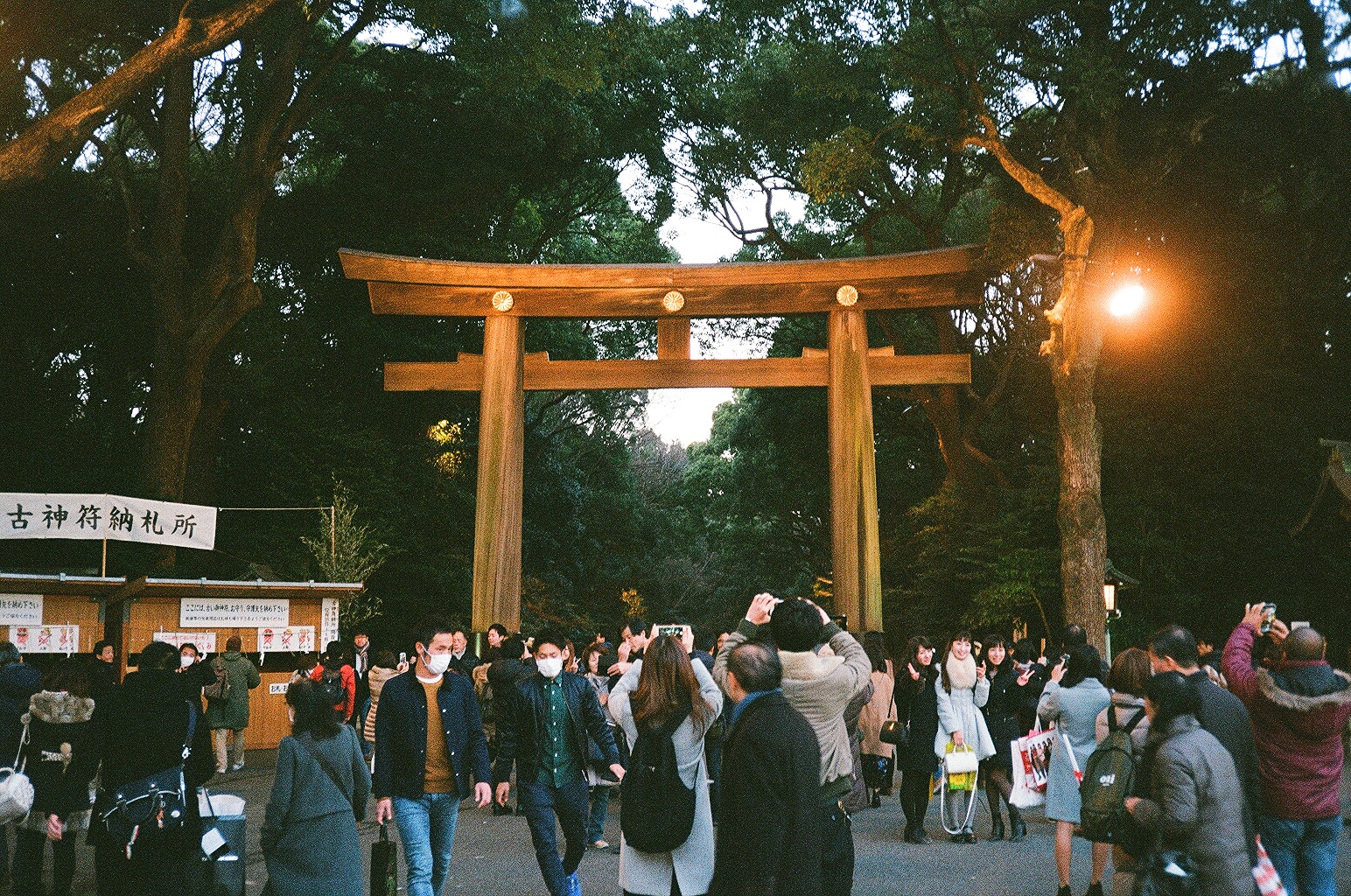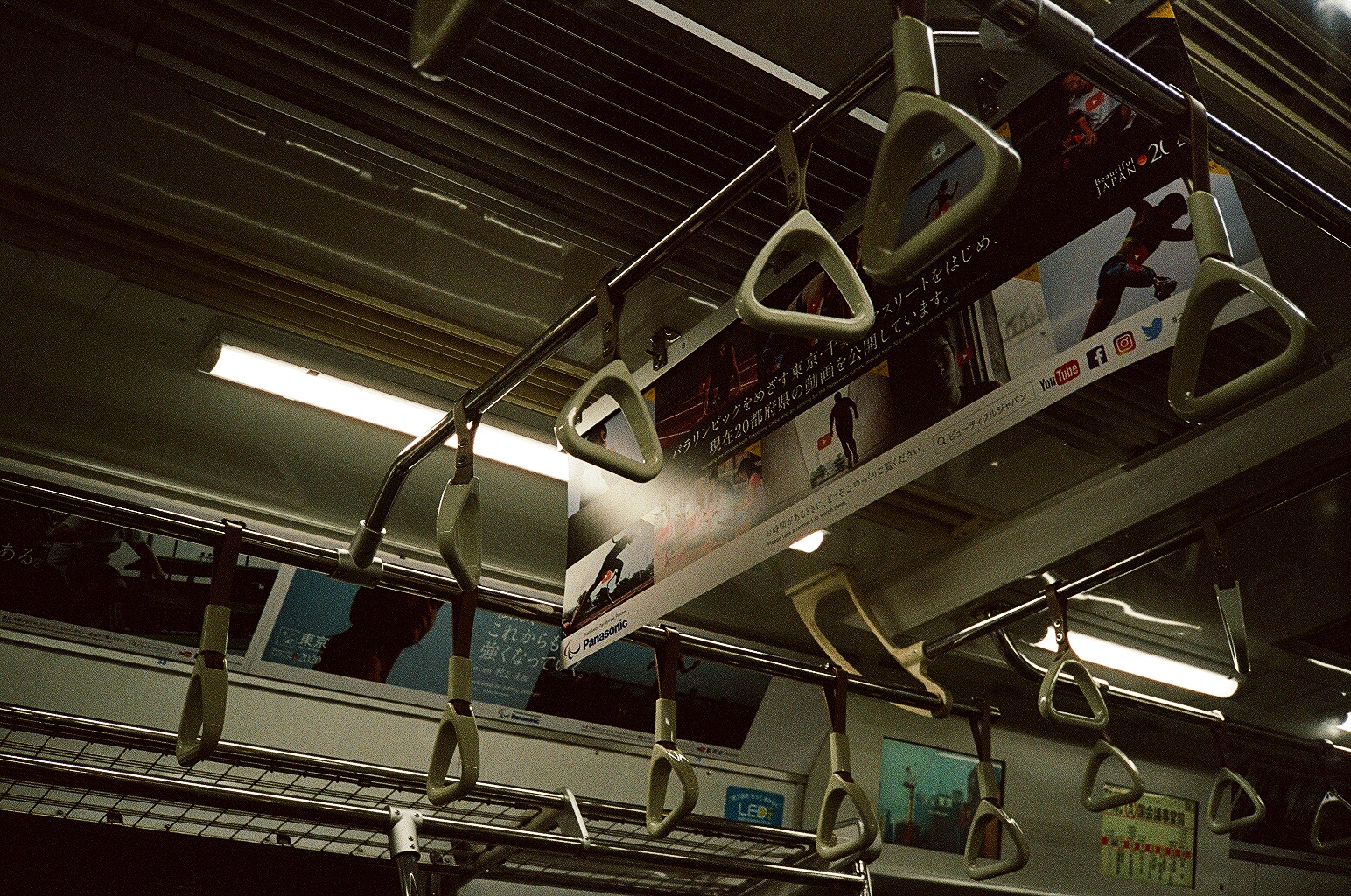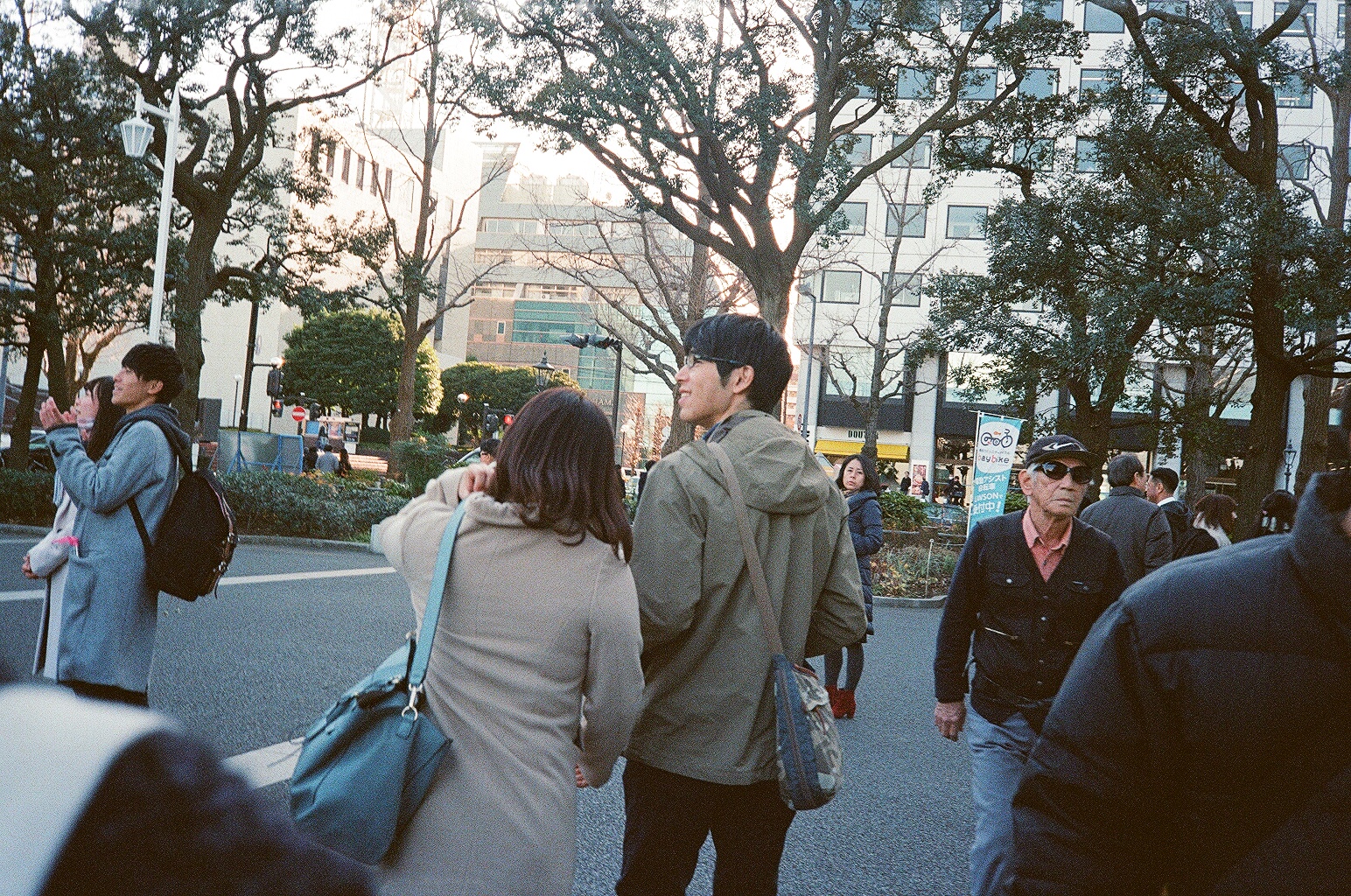I’ve always heard that fall is the season for New England and, so far, I haven’t been disappointed. My stint at Connecticut College has given me the opportunity to take full advantage of this beautiful southeastern corner of the state. For this west coast transplant, I’m partly relishing the crisp days and partly feeling guilty as California blisters from historic heat and deadly wildfires.
The shorter days and cooler nights have helped me feel a bit more academically productive (props to Japanese Breakfast’s dreamy new album, which has helped to breathe life into otherwise quiet nights of writing and course prep).
I have an article on the Sunagawa Struggle in the forthcoming special edition of The Sixties: A Journal of History, Politics, and Culture. Friend and fellow modern Japan historian, Chelsea Szendi Schieder of Meiji University, pulled together this special issue, which focuses on collaborative social movements between Japan and the U.S. (“other transpacific alliances”). Here’s the abstract to my piece:
The Sunagawa Struggle, a massive anti-US base protest in the suburbs of western Tokyo, had lasting impacts not only on the US–Japan security alliance, but also on the people who participated on both sides of the protest lines. This article traces the lives of two people who were profoundly changed by their experiences of the anti-base movement in Japan: Dennis Banks, a young airman who was tasked with guarding the base and would later help found the American Indian Movement; and Sunagawa protestor Shimada Seisaku, who spent a career as a Tachikawa city councilperson and remained committed to anti-base activism.
If you’d like to read it but don’t have institutional access, shoot me a note and I can share the article with you.
I’m also excited to be heading to the Association for Asian Studies annual conference in Washington DC next March, where I’ll be participating in a neat digital humanities-driven panel entitled, “Bodies and Structures: Deep-Mapping the Spaces of Japanese History”.
Finally, I’ll be in Tokyo for a few weeks over December and January, making use of the National Diet Library and (let’s be honest) eating more than I probably should. When I was in Japan last winter, I brought along an old Olympus 35ED film camera, pulled from the depths of the storage chest in which it was abandoned during the violence of the digital revolution. I bought it in 2003 at a small photography store in Kofu, Yamanashi Prefecture, where I was teaching English after college. Even then, the 1970s camera felt like a relic (check out this link to read from someone who actually knows about the camera itself), but it proved to be surprisingly durable. It was completely waterlogged after a rainy backpacking trip across the nearby Yatsugatake mountain range (八ヶ岳連峰). I was certain it’d given up the ghost; the lens was fogged and rainwater pooled in the film compartment. Through no effort of my own but the installation of a new battery, it came to life, rust-free and unperturbed by my poor stewardship (the camera’s proof of life are the photos below).
See you this winter, Tokyo. I’ll try to remember the camera again.

Rikkyō University (立教大学), home of the wonderful Rikkyō University Research Center for Cooperative Civil Studies, where I did much of my dissertation research.



